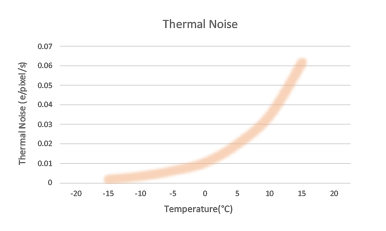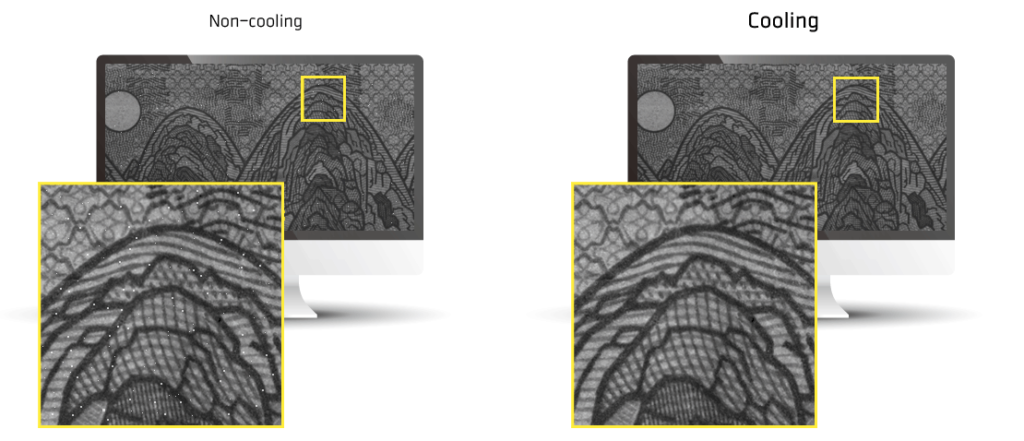All cameras have it – noise that is – and it finds its way into your images. The nature of electronics and signal amplification contribute to noise in your images, and heat on the camera sensor compounds the issue. Not only does thermal noise degrade your image, but the warmer the sensor gets in the camera, the more noise that develops.

To correct for this, manufacturers integrate various cooling methods to remove the heat from the sensor, thereby reducing noise.

Most cameras contain heat sinks to passively pull heat away from the sensor, but they only go so far. Add a fan to help dissipate the heat from the heatsink and there is significant reduction in thermal noise. Other cameras use Peltier thermoelectric cooling, liquid cooling, and combinations of these. The cooler the sensor is kept, the lower the noise in your image. The caveat is that the more technology built into the camera, the cost of the camera goes up.

The take-home message here is to choose the amount of cooling you expect to need – less cooling is needed for brightfield color imaging and more cooling for very low light fluorescence or luminescence imaging where exposures tend to be longer. For basic brightfield imaging regardless of magnification, we recommend an uncooled camera. For low light imaging where sensitivity really matters (e.g., fluorescence), you should consider a cooled camera. The following cooled cameras available from ACCU-SCOPE should be on your list to consider for low light and fluorescence imaging where longer exposures are more common:
BEST: Teledyne Lumenera INFINITY3-1, available in monochrome or color.
GOOD: ACCU-SCOPE MPX-20RC.
Our next part in this series will review the different types of electronic camera shutters and when you may choose a certain type.



